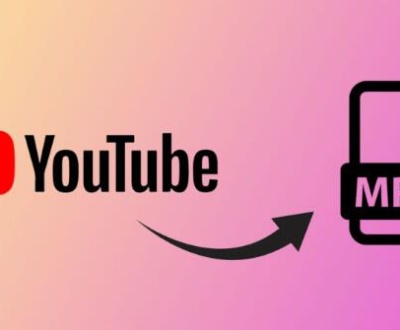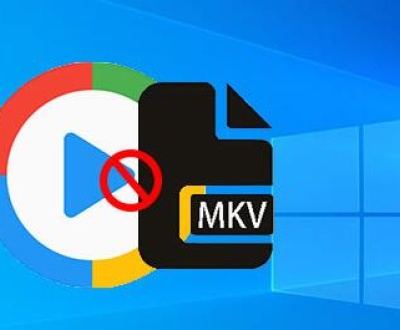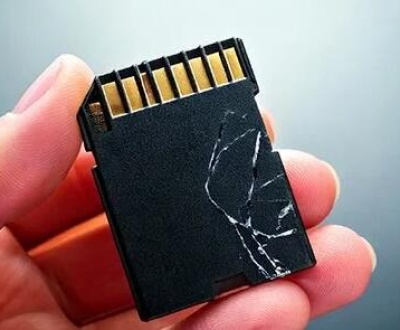To format a hard drive in Windows 11. you’ll need to follow a series of steps that involve preparing the drive, selecting the file system, and choosing the partition scheme. Formatting a hard drive erases all the data stored on it, so be sure to back up any important files before proceeding.
Formatting a hard drive is a process that prepares a drive to store data by organizing the storage space into a file system, such as NTFS, FAT32. or exFAT. In Windows 11. this operation can be done through the built-in Disk Management tool, File Explorer, or even the Command Prompt. Whether you are formatting a new drive, erasing sensitive information, or changing the file system, this guide will take you through each step.

Step 1: Backing Up Important Data
Before you format a drive, it’s essential to back up any files you want to keep. Formatting will erase all data on the drive. You can back up your data to an external hard drive, cloud storage, or another partition on your computer. Here are a few tips for backing up your data:
External Hard Drive: If you have a spare external hard drive, copy your files there for safekeeping.
Cloud Storage: Upload your important files to a cloud service like Google Drive, OneDrive, or Dropbox.
Backup Software: You can also use third-party backup software to create a full backup of your data, which can be restored later.
Once your backup is complete, proceed to the next steps.
Step 2: Open Disk Management Tool
Windows 11 provides a built-in Disk Management tool that allows you to manage and format hard drives. Here’s how you can access it:
Open the Start Menu by pressing the Windows key on your keyboard.
Search for “Disk Management” in the search bar and select Create and format hard disk partitions from the search results.
The Disk Management window will open, showing a list of all available drives on your system.
Step 3: Select the Drive to Format
In the Disk Management window, you’ll see a list of all connected drives, including both internal and external drives. Each drive will be labeled with a name, such as “Disk 0.” “Disk 1.” etc., and show its total capacity and partitions.
Identify the drive you want to format by checking its size and any existing partitions.
Right-click on the drive you want to format (for example, “Disk 1” or “Disk 2”).
Select Format from the context menu.
Step 4: Choose the File System and Allocation Unit Size
A window will pop up prompting you to choose settings for the format. Here, you can select the file system and allocation unit size for the drive.
File System: The most common file system used in Windows is NTFS (New Technology File System). You can also choose FAT32 or exFAT, which are compatible with other operating systems like macOS.
NTFS: Recommended for most drives used on Windows, especially if the drive will be used for large files or system-related tasks.
FAT32: Suitable for smaller drives (less than 32 GB) or drives that need compatibility with both Windows and other devices like game consoles or cameras.
exFAT: Ideal for larger external drives and for compatibility with both Windows and macOS.
Allocation Unit Size: This setting determines how much data is stored in each cluster on the drive. For most uses, the default setting is fine. Larger allocation unit sizes may improve performance with large files, but they waste space if the drive mostly stores small files.
Volume Label: You can give your drive a name (label) here, such as “My External Drive” or “Data Storage.”
Quick Format: You can choose to perform a quick format or a full format. A quick format only removes the file system data but doesn’t erase the actual data on the disk. A full format, on the other hand, completely erases all data and checks the disk for bad sectors.
After you’ve made your selections, click OK to begin the formatting process.
Step 5: Format the Drive
Once you’ve confirmed your settings, the formatting process will begin. The time it takes will depend on the size of the drive and whether you’ve selected a full or quick format.
Quick Format: This is faster but doesn’t check for bad sectors on the drive.
Full Format: This can take longer, especially for larger drives, but it thoroughly checks for errors and bad sectors.
Step 6: Wait for the Process to Complete
The progress bar will show the status of the formatting process. It may take anywhere from a few seconds (for a quick format) to several minutes or even hours (for a full format) depending on the size of the drive.
Once the process is complete, a notification will appear stating that the format has finished. You can now use your formatted hard drive.
Step 7: Verify the Drive
After formatting, you should verify that the drive is functioning correctly and is empty:
Open File Explorer by pressing Windows + E.
In the left panel, click on This PC.
You should see the newly formatted drive listed under “Devices and drives.” Open it to confirm that it’s empty and ready for use.
Step 8: Additional Formatting Options
If you want to create additional partitions on the drive, you can do so in the Disk Management tool:
Right-click on the unallocated space on the drive.
Select New Simple Volume and follow the prompts to create a new partition.
You can format each partition separately and assign different drive letters if needed.
Troubleshooting: Common Formatting Issues
Formatting a hard drive may sometimes encounter problems. Below are a few common issues and their solutions:
1. The Drive Cannot Be Formatted
If the drive is in use by another process or application, you may get an error message saying that the format cannot be completed. In this case:
Close any applications that may be accessing the drive.
If the drive is external, safely eject it and reconnect it.
Try formatting again in Disk Management.
2. Disk Not Recognized
If the hard drive is not showing up in Disk Management, it may not be properly connected or may have a hardware issue. Try the following:
Check the physical connection (for external drives, try a different USB port or cable).
Restart your computer and check if the drive appears in Disk Management.
If the drive is still not recognized, consider using third-party partition software to diagnose and format the drive.
3. The Drive Is Write-Protected
If you encounter a message saying the drive is write-protected, it means that the drive has been locked to prevent data from being modified. To remove write protection:
For USB drives, check if there is a physical switch on the device itself to toggle write protection.
For internal drives, use the Diskpart command in Command Prompt to remove write protection.
4. Formatting Takes Too Long
If the formatting process seems to be taking too long, especially for a full format, you can try a quick format instead. A full format will check for bad sectors, which may take longer depending on the drive’s size and health.
About us and this blog
Panda Assistant is built on the latest data recovery algorithms, ensuring that no file is too damaged, too lost, or too corrupted to be recovered.
Request a free quote
We believe that data recovery shouldn’t be a daunting task. That’s why we’ve designed Panda Assistant to be as easy to use as it is powerful. With a few clicks, you can initiate a scan, preview recoverable files, and restore your data all within a matter of minutes.
Subscribe to our newsletter!
More from our blog
See all postsRecent Posts
- How to search folder in file explorer 2025-05-09
- How to search for duplicates in file explorer 2025-05-09
- Finder search not finding files 2025-05-09

 Try lt Free
Try lt Free Recovery success rate of up to
Recovery success rate of up to









